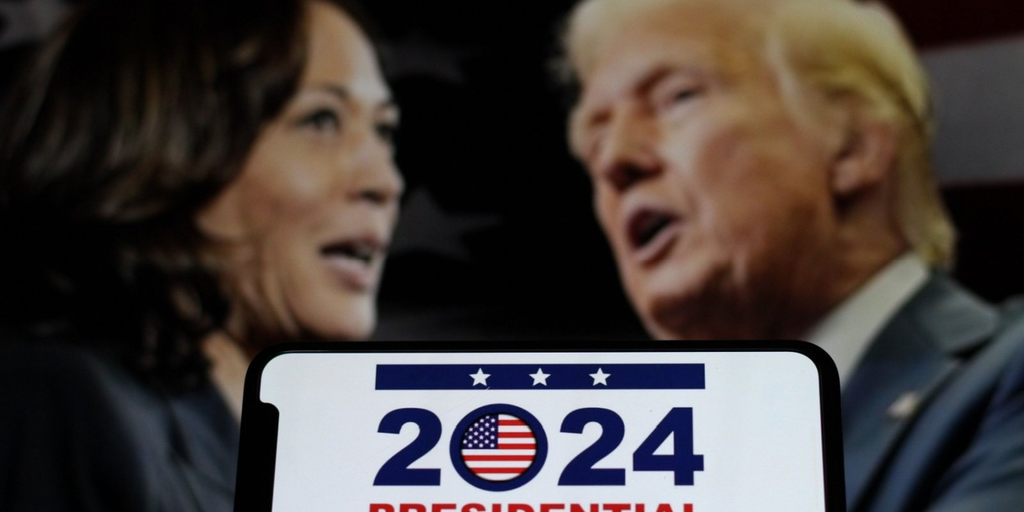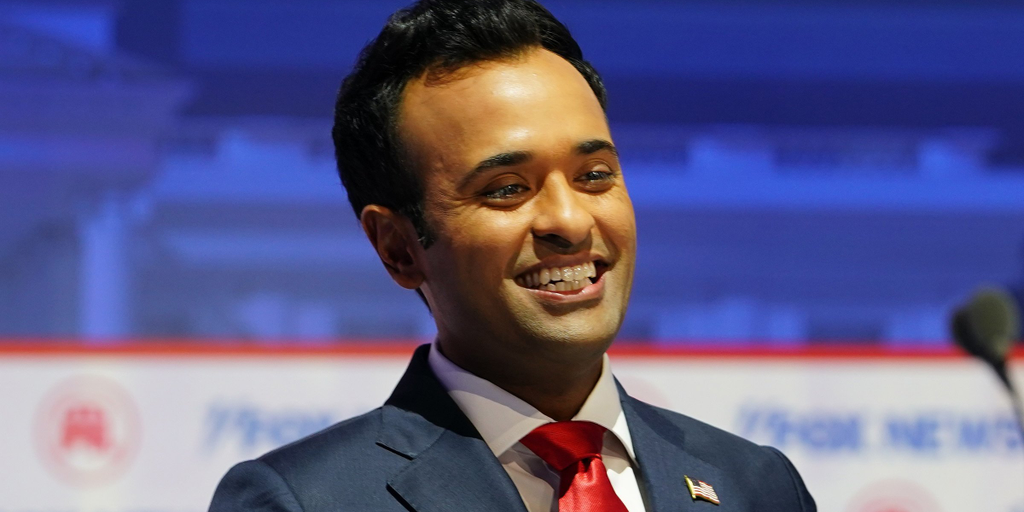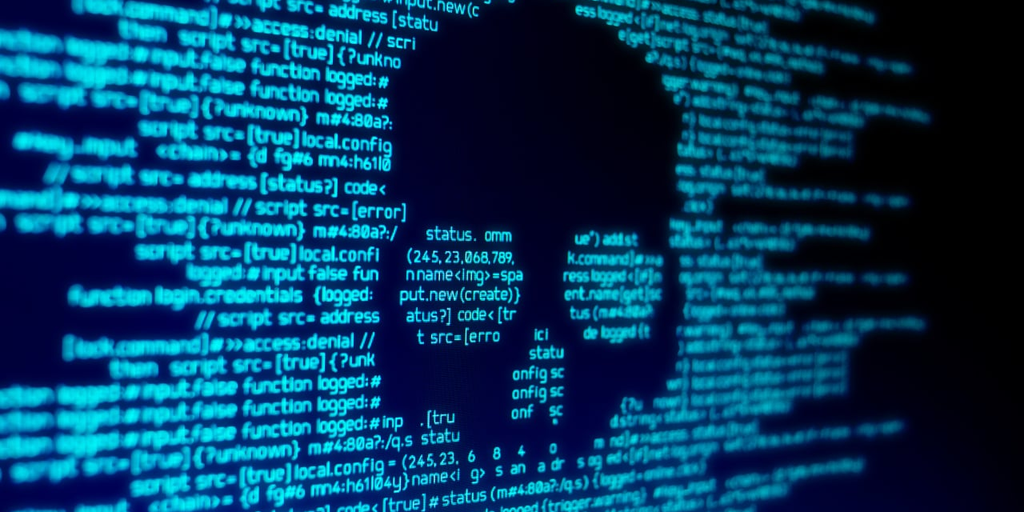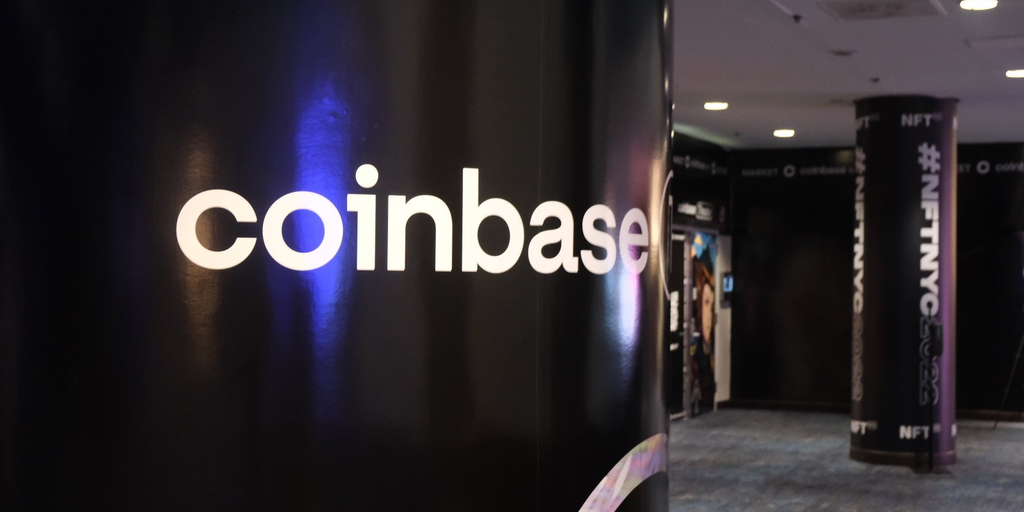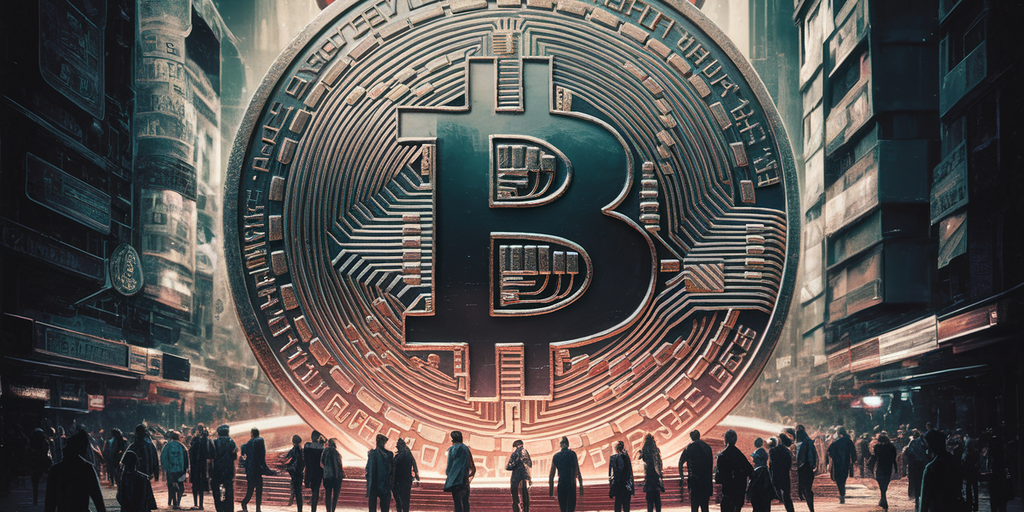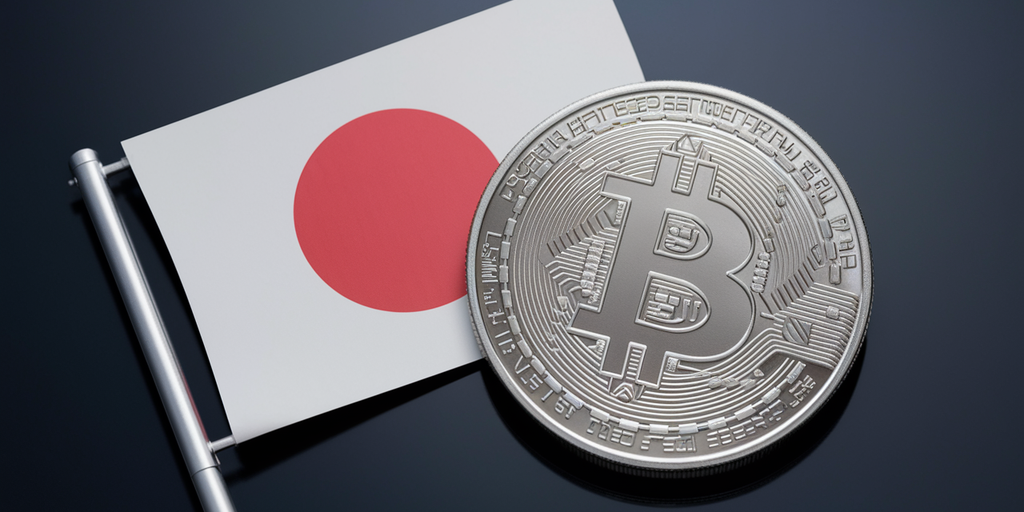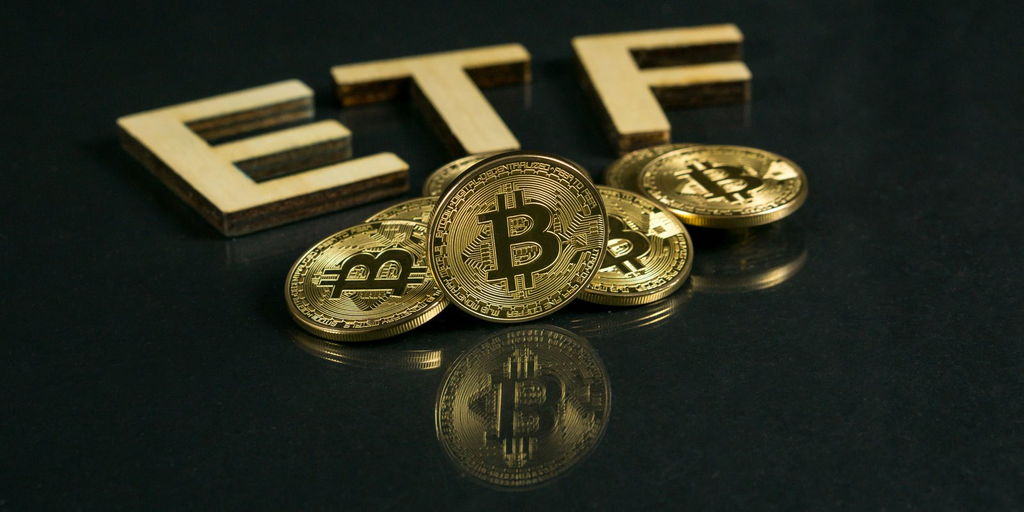About the author
Mo Shaikh is the Co-Founder & CEO of Aptos Labs, based in Palo Alto, California. He is a three-time founder with over a decade of experience in multinational financial services and blockchain/crypto.
There’s no cheat code for creating games that people actually want to play, and marketing them on a global scale.
Whether you’re a billion-dollar publishing house or an individual developer, success takes time, investment, technical expertise, testing, and a strong go-to-market strategy.
The global gaming industry is expected to be worth $321 billion by 2026, and many players are crowding into the market. But the most important factor in game development is the sense of community and shared experiences that gaming provides to an estimated 3.2 billion gamers (40% of the world’s population). This community spirit has always been a fundamental aspect of gaming, regardless of financial figures.
Web3 gaming offers the best of both worlds: decentralized game-making for developers and companies, as well as both social and economic value for gamers looking to compete and connect with people around the world.
Better games = better cash flow
The early adopters of Web3 gaming are highly engaged in pre- and post-launch game development, user experience upgrades, and funding, which directly translates to game maker success. In-game transactions, including the ability to mint NFTs of gaming attributes and avatars, offer new revenue streams for companies and more personalized experiences for gamers.
Gaming accounts for over half of all transactions on the blockchain. And the community is just getting started.
Moving to an individual ownership model
The downsides of centralization, as experienced by Ethereum founder Vitalik Buterin while playing World of Warcraft, are eliminated with Web3 gaming. By integrating smart contacts and turning the game’s virtual items into NFTs, the power is given back to players who can now own their gaming attributes. Even if a game gets shut down, the player’s gaming attributes look can live on—as long as there is a community to support the game doing so.
Web3 gaming offers everyone the benefits of decentralization, meaning there is no threat or risk of a leader or corporation emerging to limit experiences. Gamers from all over the world can access Web3 games and own core elements of their experiences. Game makers can then transition from sole arbiter to access broker, enabling gamers to monetize their game experiences.
Moving from developer playground to global gaming standard
Web3 gaming has the potential to be a natural bridge between Web2 and Web3. It’s fundamentally built to allow gamers to move seamlessly between game play, socializing, and commerce, in both physical and virtual worlds. And the possibilities from a finance, social, and gameplay standpoint are endless, with 164 million gamers aged 13 to 64 in the United States alone primed for new experiences.
In order for Web3 gaming standards to emerge and become the norm, the gaming world needs access to a performant blockchain and developer resources that accelerate progress even further across the ecosystem.
Giving player experience back to gamers
Web3 gaming allows gamers to invest in owning NFTs tied to their individual game play. They can create DAOs, which are like fan clubs with direct input on game production and direction. A specific game’s community members can vote on important issues that relate to everything about the player experience and have confidence that the results will translate to better, more accessible gameplay.
Looking to Web3 to solve a critical problem: fraud
On a platform level, building gaming on the blockchain offers fundamental benefits: verification, security, connectivity, and creativity for everyone involved. It also helps prevent fraud, which is one of the most common challenges in modern-day gaming platforms.
Blockchain tech ensures that all transactions (like NFT sales) and interactions between different parties are verified and legitimate. Companies can also use blockchain tech to guarantee that no individual or party has been paid twice for the same service or goods rendered, since each transaction is recorded.
But we do need to solidify asset portability as the glue that connects and enhances the entire gaming experience—and what separates Web2 and Web3 gaming.
The ability to own and transfer pieces of a gaming experience helps get players invested, and builds communities and economies. It also offers individual developers and Web2 gaming publishers like EA or Nintendo creative ways to build games on chains, attract funding, and market to those 3.2 billion gamers (and counting) worldwide.
Stay on top of crypto news, get daily updates in your inbox.
Source link






